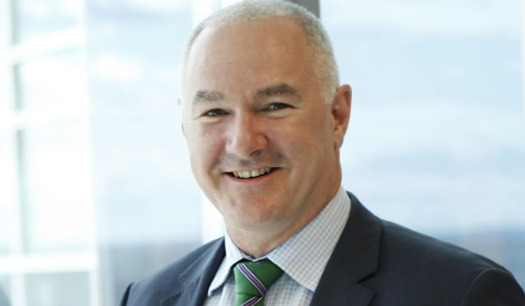A new report showed the weight of higher interest rates may potentially fall disproportionately on regions already saddled with significant debt.
Eliza Owen, head of residential research Australia at CoreLogic, said the Reserve Bank’s increase of 400 basis points since May 2022 would result in approximately 350 basis points being passed on to variable-rate customers by the end of this month.
Since May last year, the Reserve Bank has doled out 12 rate hikes to address surging inflation. The central bank’s latest decision during the June policy meeting to increase the cash rate by another 25 basis points brought the cash rate to currently stand at 4.10 per cent, marking the highest cash rate in approximately 11 years.
And with the bulk of fixed-term home loans taken during the pandemic set to end this year, the expert predicts more households will be financially exposed to a spike in interest rates.
For instance, calculations showed a borrower with a $750,000 mortgage would have to pay an additional $1,550 per month in repayments.
But Ms Owen warned households in some postcodes would feel the pinch more than others.https://form.jotform.com/231476901641859?nojump&isIframeEmbed=1
Outer regions of major cities, particularly Melbourne, generally had the highest number of mortgaged, owner-occupier households.
Of the 25 SA3 regional boundaries with the highest number of mortgaged households, nine are in Melbourne, five are in Perth and Sydney, and two are in Adelaide.
The remaining four are large regional centres, including Ormeau – Oxenford on the Gold Coast, Geelong, Newcastle, and Townsville.
Wyndham led the pack with 43,807, or around 48 per cent of households, followed by Casey – South (38,614, or 56.2 per cent of households) and Wanneroo in Perth (38,320, or 54 per cent of households).
Ms Owen noted capital growth trends across these markets are an important consideration in the financial stability of the Australian housing market.
“This is because in the event of a ‘forced sale,’ growth in home values allows a seller to come away with some capital gain or allows a mortgagee in possession to recuperate the entirety of debt on a property,” she explained.
In these dwelling markets with high mortgage volumes, data showed capital growth since the 2021 census has averaged 3.1 per cent, significantly higher compared to national housing market growth of just 1 per cent in the same period.
However, a closer look at the data showed there is a large range in capital growth performance, from 40.5 per cent in Salisbury to -8.9 per cent in Gosford.
Ms Owen noted the majority of the “most mortgaged suburbs” do not exhibit capital growth trends that are “alarmingly out of step with the national housing market”, highlighting some markets even recorded extraordinary capital gains since the start of the pandemic and since the census snapshot.
“However, it is noticeable that new listings volumes are climbing in some of these markets, where the national trend is seeing a seasonal slowdown.
“This could make it more difficult for recent buyers to make a capital gain if they are struggling to meet mortgage repayments,” she stated.
As buyer demand weakens amid higher interest costs and seasonal trends, Ms Owen forecast there could be an extended downturn in some of the top 25 markets as stock builds up, such as in Melton – Bacchus Marsh, where 43,807, or around 48 per cent of households currently have a mortgage.
“In areas such as Blacktown – North, where values have seen a strong bounce back in the three months to May, as supply creeps up, it may put downward pressure on the growth trend in the coming months,” she stated.
While there is perceived risk in the areas that are deemed to be heavily mortgaged, Ms Owen said that “there is also a lot of nuance to consider across these markets that is not currently captured in census data”, including the size and maturity of mortgages, and serviceability.
“At the other end of the spectrum, markets with a low concentration of owner-occupier mortgages include inner-city areas and mining towns and will presumably carry their own risk of investment loans.
“The location of these investors and what mortgage stress they may be facing is unclear,” she stated.


